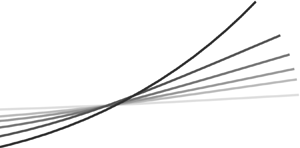Article contents
Regularised non-uniform segments and efficient no-slip elastohydrodynamics
Published online by Cambridge University Press: 15 March 2021
Abstract

The elastohydrodynamics of slender bodies in a viscous fluid have long been the source of theoretical investigation, being pertinent to the microscale world of ciliates and flagellates as well as to biological and engineered active matter more generally. Although recent works have overcome the severe numerical stiffness typically associated with slender elastohydrodynamics, employing both local and non-local couplings to the surrounding fluid, there is no framework of comparable efficiency that rigorously justifies its hydrodynamic accuracy. In this study, we combine developments in filament elastohydrodynamics with a recent regularised slender-body theory, affording algebraic asymptotic accuracy to the commonly imposed no-slip condition on the surface of a slender filament of potentially non-uniform cross-sectional radius. Further, we do this whilst retaining the remarkable practical efficiency of contemporary elastohydrodynamic approaches, having drawn inspiration from the method of regularised Stokeslet segments to yield an efficient and flexible slender-body theory of regularised non-uniform segments.
Information
- Type
- JFM Papers
- Information
- Copyright
- © The Author(s), 2021. Published by Cambridge University Press
References
REFERENCES
- 5
- Cited by


